Back Pain
Pain in the back can come from many different muscles throughout the body. Pain can be caused by muscles in the hamstrings and the upper back. Pain patterns can also run in different directions including vertical and horizontal. Muscle knots contributing to back pain are typically located in the belly of the muscles. Back pain can stem from muscles in both the back and front of the body. Many people suffer from low back pain as a result of incorrect lifting, posture, and flexibility issues.

Causes

I Feel
Lower Back Pain
That persistent, aching lower back pain is often referred pain originating from deep muscle knots in your abdominal muscle, the rectus abdominis. The pain usually feels deep and aching and can radiate from the front of your belly to the lower back in a horizontal pattern, making it hard to pinpoint. It tends to worsen significantly when you’re sitting for long periods, doing crunches or core exercises, or standing up after bending forward. This type of pain is often mistaken for lumbar disc problems or sacroiliac joint issues. When you press into the upper part of your abdominal wall, especially near the belly button, it can feel surprisingly tender and tight, and this tension can cause your lower back to feel weak or unstable. These knots can limit your core support, making your back feel like it’s doing all the work.
Mid Back Pain
That stubborn mid-back pain that feels like it’s behind your stomach may be referred pain caused by tight muscle knots in your abdominal muscle, the rectus abdominis. The discomfort typically occurs high in the thoracic spine area, presenting as a sharp, pinching ache that can feel like something is catching behind the ribs. You may notice that the pain worsens when performing movements that put stress on the abdomen, such as doing crunches, carrying a heavy backpack, or sitting slouched at a desk. Because the rectus abdominis attaches high on the rib cage, its knots can easily imitate more serious problems like rib joint dysfunction or spinal disc issues. The abdominal tissue is often very sensitive to pressure, making your torso feel restricted and limiting your ability to twist or take a deep breath.
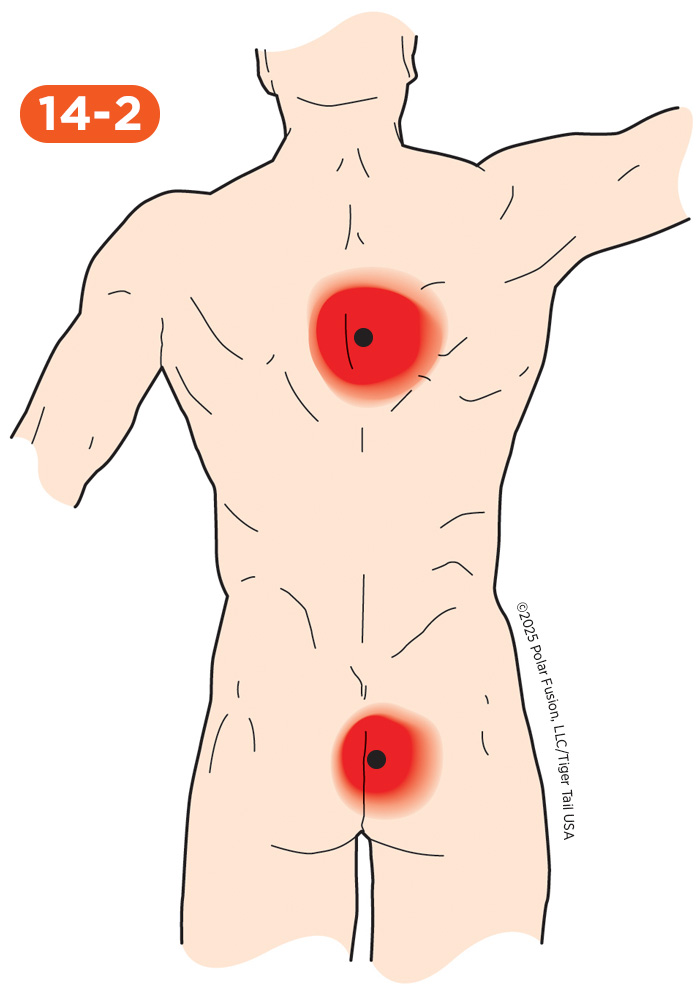
I Feel
Upper Back Pain
That sharp, nagging pain between your shoulder blades or at the base of your neck? It’s often caused by muscle knots in the deep spinal muscles—specifically the multifidi, rotatores, and semispinalis. The pain can feel like a stabbing or burning sensation that stays local but may also travel slightly upward toward the neck or downward between the shoulder blades. It worsens significantly when you’re sitting with poor posture, looking down at your phone for long periods, or lifting objects overhead. This kind of pain is often mistaken for cervical disc issues or even a pinched nerve in the upper spine. When you press into the muscles along your upper back’s spine, they can feel ropey and tender, and that tension can make your neck and shoulders feel stiff or unstable. These knots can make it hard to turn your head or sit comfortably without feeling tightness creeping in.
Mid Back Pain
That tight, aching pain you feel along your spine in your mid-back? It often results from small, deep muscle knots in the multifidi, rotatores, and semispinalis muscles. The pain can feel like a deep, burning pressure or a sharp stab that stays close to the spine and sometimes radiates outward toward the ribs. It tends to worsen significantly when you’re sitting upright for long periods, twisting your torso, or reaching overhead. This type of pain is often mistaken for a thoracic disc problem or even a rib dysfunction because of how it presents. When you press along the spine in the mid-back, the muscles feel tight and very tender—almost like pressing on a knot—and that tension can cause your back to feel stiff or restricted. These muscle knots can limit your ability to rotate your upper body or take a deep breath comfortably.
Lower Back Pain
That deep, aching pain in your lower back—especially when bending or standing for long periods—can often be traced back to muscle knots in the small, deep back muscles like the multifidi, rotatores, and semispinalis. It might feel like a dull pressure or a sharp, stabbing sensation close to the spine that may radiate slightly into the hips or glutes. You’ll notice it worsens when you bend forward, lift objects, or stand with poor posture. This type of pain is often mistaken for a herniated disc or sacroiliac joint dysfunction because it mimics deeper structural issues. When you press along the lower spine, the muscles are usually very tender and tight, and that tension can make your lower back feel unstable or stiff. These muscle knots can really limit your ability to bend, twist, or move comfortably throughout the day.

I Feel
Mid Back Pain
That tight, aching pain you feel along your spine in your mid-back? It often results from small, deep muscle knots in the multifidi, rotatores, and semispinalis muscles. The pain can feel like a deep, burning pressure or a sharp stab that stays close to the spine and sometimes radiates outward toward the ribs. It tends to worsen significantly when you’re sitting upright for long periods, twisting your torso, or reaching overhead. This type of pain is often mistaken for a thoracic disc problem or even a rib dysfunction because of how it presents. When you press along the spine in the mid-back, the muscles feel tight and very tender—almost like pressing on a knot—and that tension can cause your back to feel stiff or restricted. These muscle knots can limit your ability to rotate your upper body or take a deep breath comfortably.
Lower Back Pain
That deep, aching pain in your lower back—especially when bending or standing for long periods—can often be traced back to muscle knots in the small, deep back muscles like the multifidi, rotatores, and semispinalis. It might feel like a dull pressure or a sharp, stabbing sensation close to the spine that may radiate slightly into the hips or glutes. You’ll notice it worsens when you bend forward, lift objects, or stand with poor posture. This type of pain is often mistaken for a herniated disc or sacroiliac joint dysfunction because it mimics deeper structural issues. When you press along the lower spine, the muscles are usually very tender and tight, and that tension can make your lower back feel unstable or stiff. These muscle knots can really limit your ability to bend, twist, or move comfortably throughout the day.
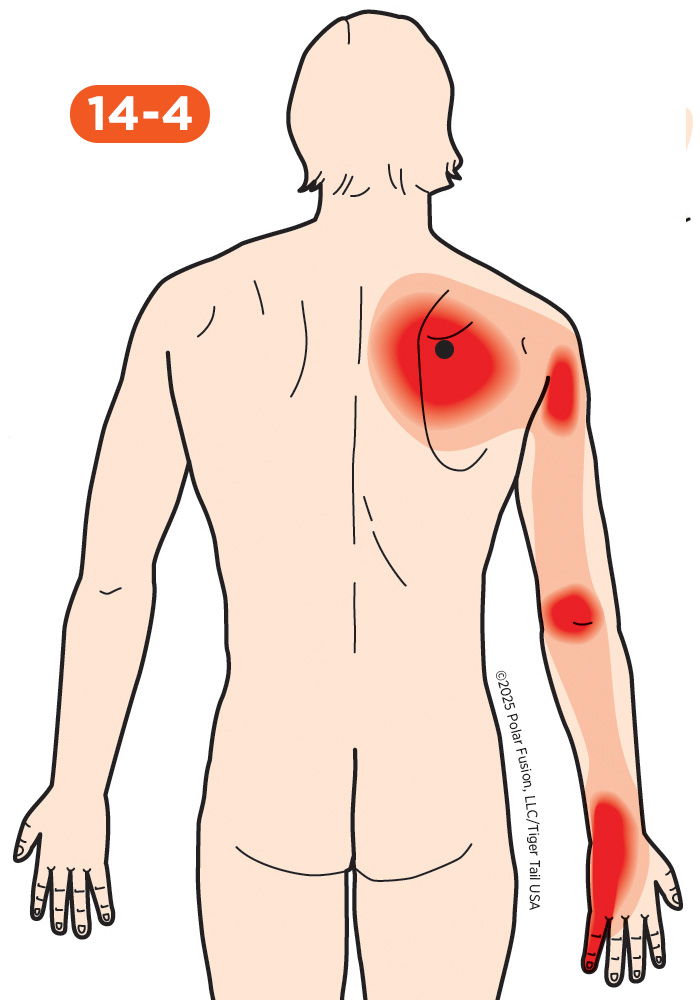
I Feel
Upper Back Pain
That sharp, nagging pain you feel just below your neck or between your shoulder blades—especially when you breathe deeply or twist your upper body—can often be traced back to muscle knots in a thin muscle deep under the shoulder blade, the serratus posterior superior. The pain may feel like a burning twinge or a stabbing sensation close to the shoulder blade and might radiate slightly into the upper ribs. It worsens significantly when you sit for long periods with poor posture, reach overhead, or take deep breaths during physical activity. This type of discomfort is often mistaken for a thoracic disc problem or even a rib sprain. When you press along the upper back near the spine, the area feels tight and very sensitive to touch, and that tension can make your upper back feel stiff or restricted. These muscle knots can limit your ability to rotate your torso or breathe deeply without discomfort.
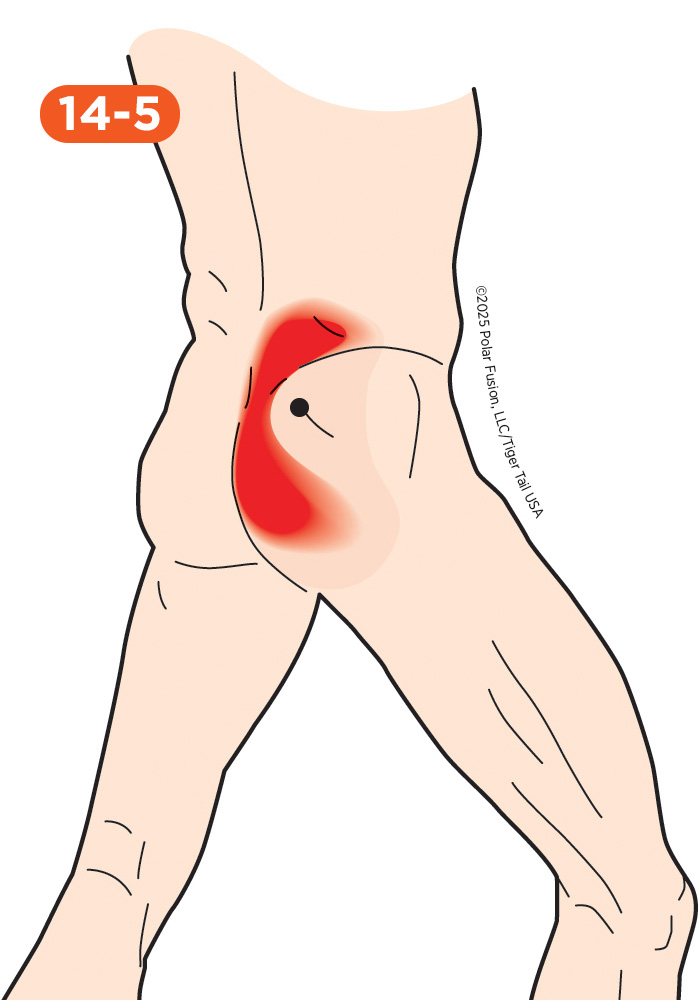
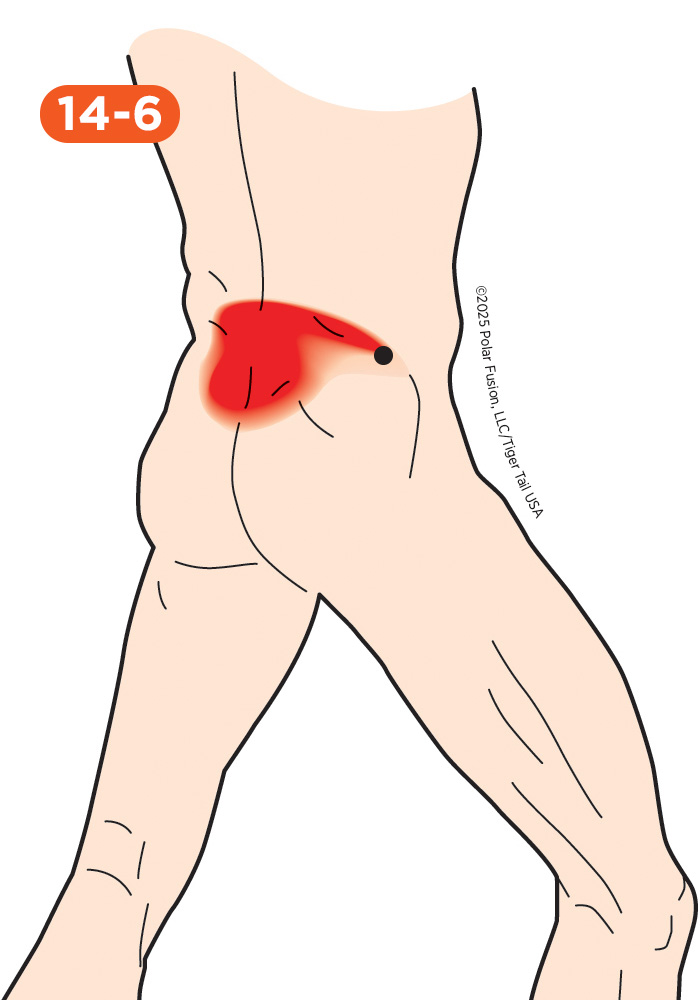
I Feel
Lower Back Pain
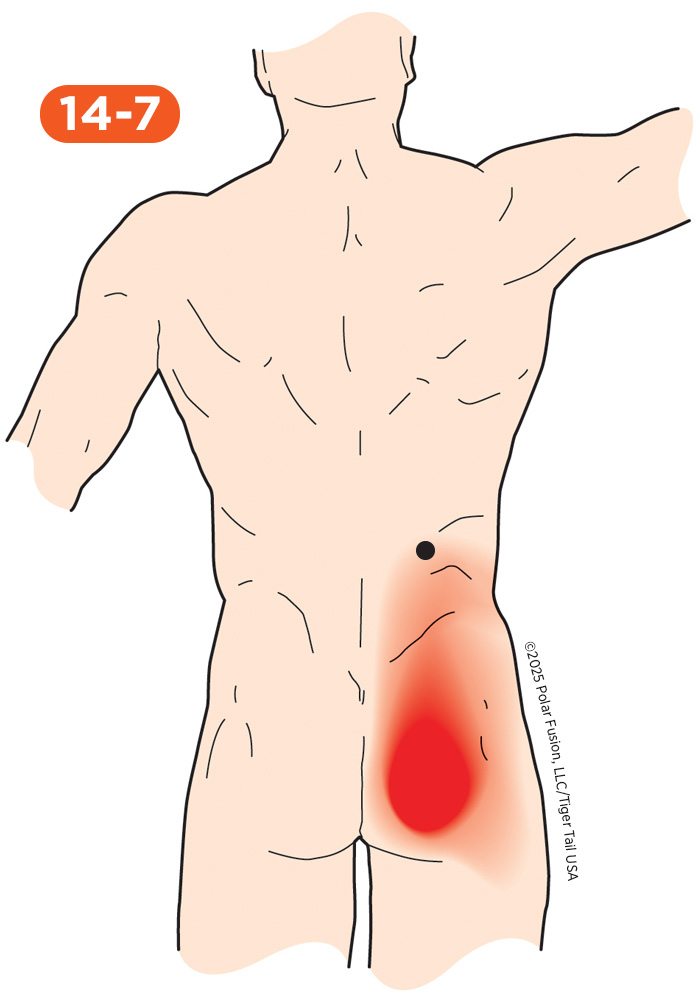
I Feel
Lower Back Pain
When you experience unexplained, widespread lower back pain that wraps around the side, the issue may be muscle knots in the deep back muscle, the iliocostalis lumborum. The discomfort usually focuses across the lower back area and into the hip, presenting as a deep, constant ache that makes movement difficult. You’ll find that the pain worsens significantly during activities that load the back, such as lifting a heavy object, sitting or standing for extended periods, or bending sideways to reach something. Because this muscle is crucial for spinal stability, its knotting can easily imitate more serious problems, like sacroiliac (SI) joint dysfunction or a vertebral disc bulge. The tissue deep in the low back is very sensitive to pressure, which can leave your pelvis feeling stiff and restricted, limiting your comfortable side-bending motion.

I Feel
Mid Back Pain
That persistent mid-back pain that feels like a constant ache between your spine and shoulder blade is often caused by chronic muscle knots in one of the back muscles, the iliocostalis thoracis mid-level. The discomfort usually focuses along the rib cage in the thoracic area, presenting as a sharp, pinching ache that can worsen with deep breathing. You’ll find that the pain gets significantly worse when you’re doing activities that involve holding posture, such as sitting slumped over a desk, driving for long periods, or carrying a heavy backpack on one shoulder. Because this muscle controls the ribs and spine, its knotting can easily mimic deeper issues like rib joint dysfunction or spinal joint inflammation. The tissue along the mid-back (next to the spine) is extremely sensitive to pressure, which can leave your torso feeling stiff and restricted, limiting rotation and full inhalation.
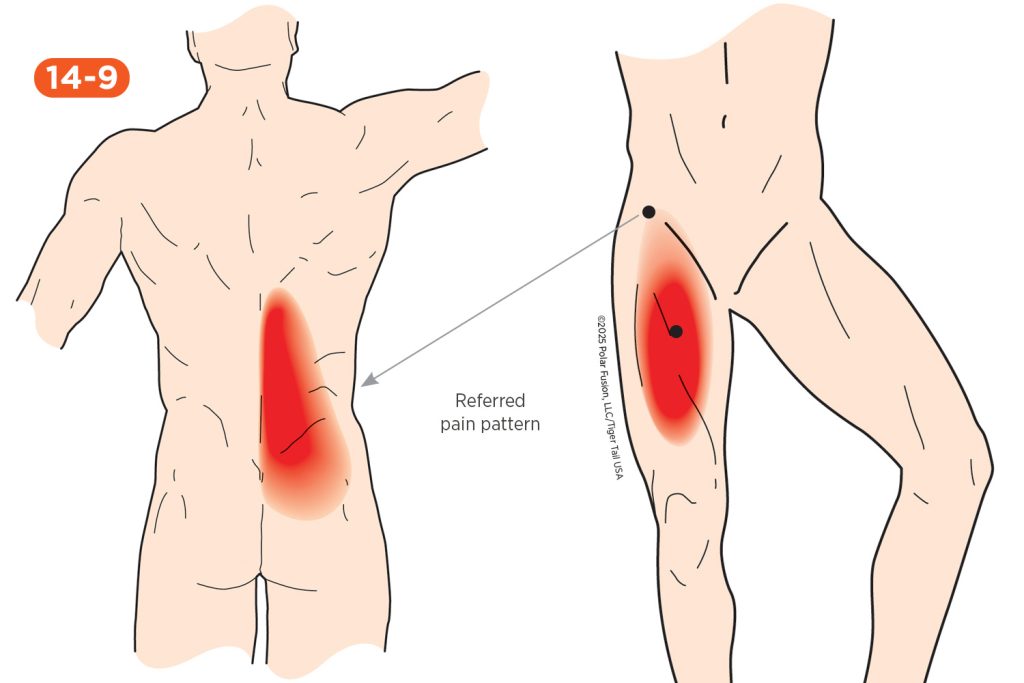
I Feel
Lower Back Pain
When dealing with stubborn lower back pain, the cause might be tight muscle knots in your primary hip flexor, the iliopsoas, pulling your posture out of alignment. The discomfort typically occurs deep in the front of the hip and radiates into the lower back, presenting as a deep, burning ache that can extend vertically along the spine. You’ll notice the pain worsens significantly when performing movements that contract the hip, such as sitting for long periods, walking upstairs or inclines, or doing leg raises. Because the iliopsoas attaches to the entire lumbar spine, its knots can easily mimic deeper issues, such as lumbar disc herniation or sacroiliac (SI) joint dysfunction. This muscle is highly sensitive to pressure deep in the front of the hip, and it can cause your lower back to feel stiff and restricted, preventing full hip extension.
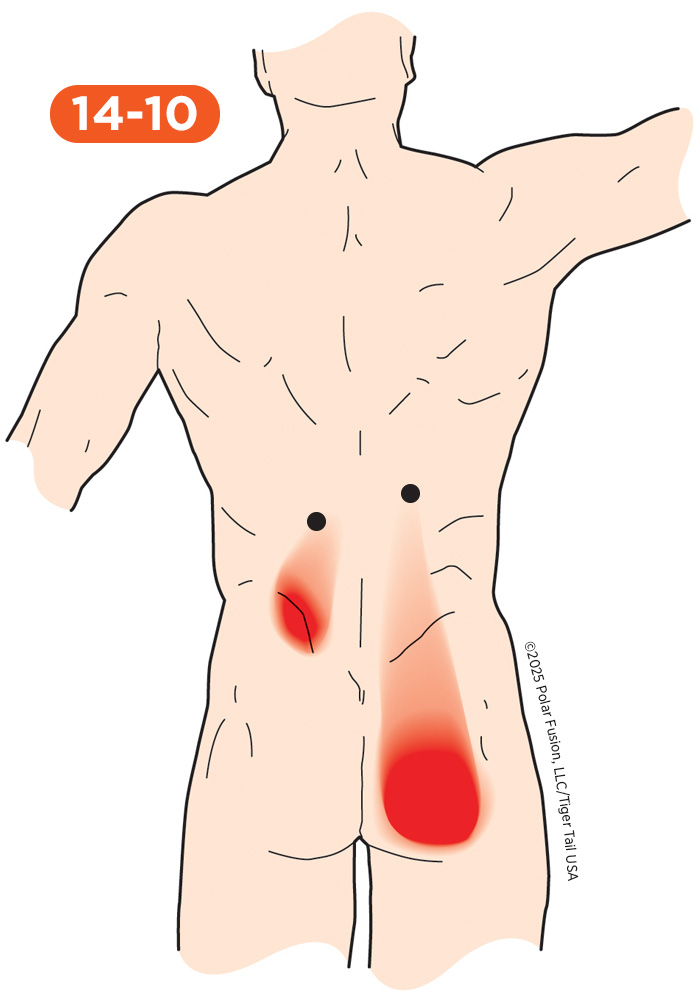
I Feel
Lower Back Pain
If you are dealing with chronic, deep lower back pain, the source might be referred pain from stubborn muscle knots in the thick, central muscle running up your spine, the longissimus thoracis. The discomfort usually focuses along the side of the spine and into the low back, presenting as a dull, deep throbbing ache that feels pervasive and hard to pinpoint. You’ll find the pain gets significantly worse when you’re doing activities that involve arching or extending the back, like standing up straight quickly, carrying a heavy object in front, or extending your back after sitting. Because this muscle helps maintain upright posture, its knotting can easily mimic deeper problems, such as vertebral joint inflammation or disc irritation. The muscle deep in the lower back is extremely sensitive to pressure, and it leaves your torso feeling restricted, forcing you to move stiffly.
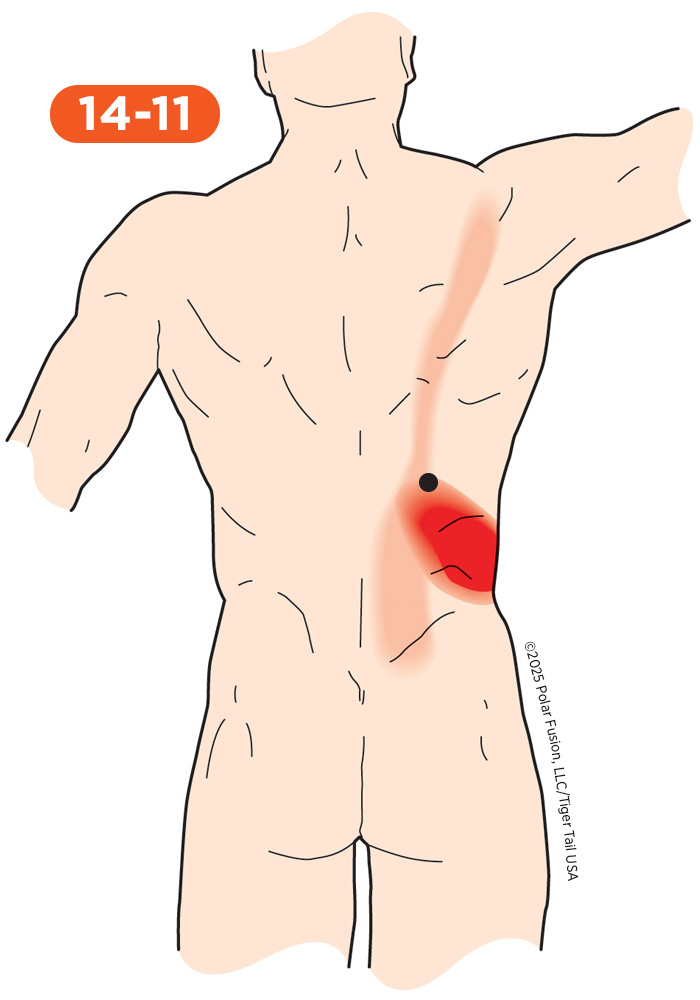
I Feel
Lower Back Pain
When you experience unexplained, severe lower back pain that radiates down your leg, the cause may be referred pain from tight muscle knots in the lower area near the pelvis, specifically the caudal portion of the iliocostalis thoracis. The discomfort typically focuses across the lower lumbar region and can extend into the buttocks, presenting as a sharp, persistent pulling ache that makes sitting uncomfortable. You’ll notice the pain worsens significantly during activities that require core stability, such as lifting a heavy object, sitting for extended periods without support, or bending sideways to reach something. Since this muscle stabilizes the spine and ribs, its knots can easily mimic deeper issues like sacroiliac (SI) joint dysfunction or lumbar radiculopathy (nerve compression). The tissue deep in the low back and flank area is highly sensitive to pressure, which can cause your torso to feel stiff and restricted, limiting full pelvic movement.
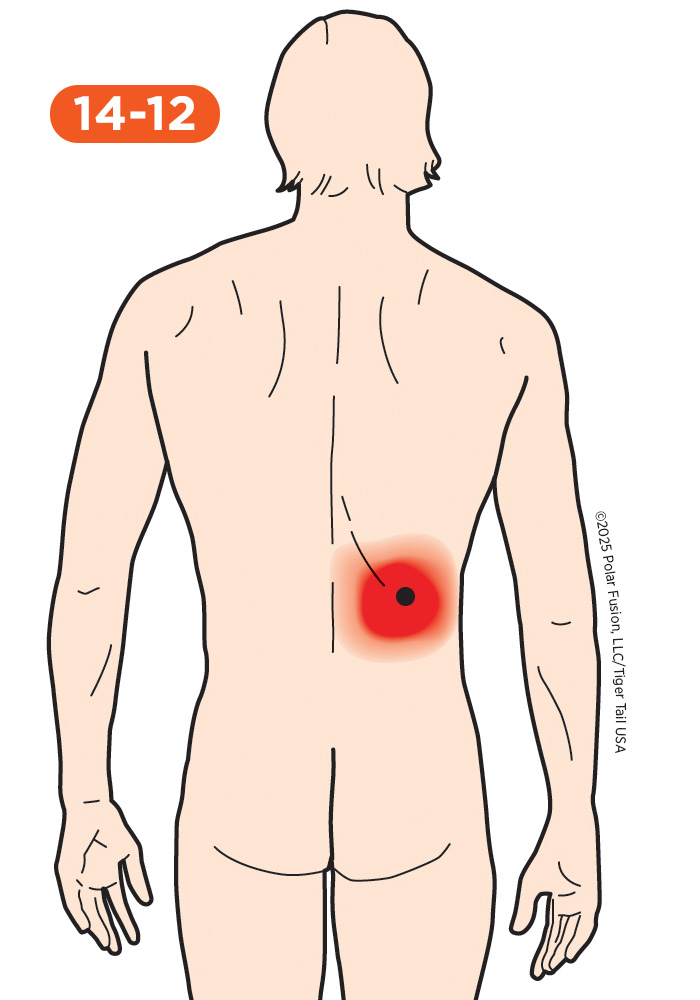
I Feel
Lower Back Pain
When you experience sharp, stabbing lower back pain that catches your breath, the cause is often muscle knots in the thin muscle deep under your lower ribs, the serratus posterior inferior. The discomfort usually centers along the bottom ribs and into the lower back, presenting as a sharp, pinching ache that worsens with movement and can radiate along the bottom of your rib cage. You may notice the pain intensifies during activities that put stress on the lower rib cage, like taking a deep breath, twisting to reach something, or sleeping on the affected side. Since this muscle helps pull the ribs downward for exhalation, its knotting can closely resemble more serious issues like a rib fracture or kidney problems. The tissue beneath the lower ribs is highly sensitive to pressure, which can leave your back feeling restricted and limit your comfortable torso rotation.
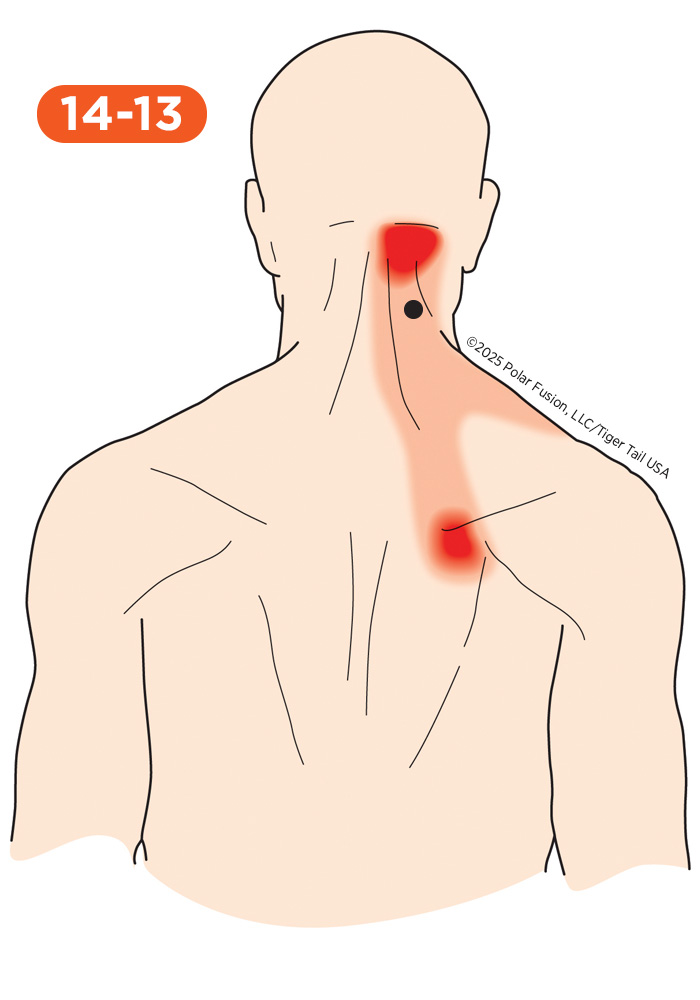
I Feel
Upper Back Pain
When you experience that stiff, painful ache deep in your upper back and neck, the cause is often chronic muscle knots in the small, deep stabilizing muscles of your neck, known as the cervical multifidi. The discomfort typically concentrates right next to the spine at the base of the neck, manifesting as a deep, sharp throbbing that feels like a constant pinch. You’ll notice the pain worsens when you perform movements that require holding your head steady, such as looking down at a phone, driving for extended periods, or carrying a heavy shoulder bag. Because these muscles fine-tune your posture, the muscle knots can easily resemble deeper issues like cervical facet joint dysfunction or spinal disc irritation. The tissue adjacent to the neck bones is sensitive to pressure, causing your neck to feel stiff and restricted, severely limiting your ability to turn your head.


I Feel
Upper Back Pain
That common upper back pain that feels like a heavy weight sitting on your shoulders is often caused by chronic muscle knots in the thick, superficial muscle called the trapezius, specifically the middle fibers. The discomfort usually concentrates right between the shoulder blades, presenting as a deep, dull ache that can extend along the top of your shoulders toward your neck. You’ll notice the pain worsens with activities that elevate or tense the shoulders, such as sitting hunched over a keyboard, carrying a heavy backpack, or shrugging your shoulders repeatedly. Because the trapezius supports your shoulder girdle, its knots can easily mimic deeper problems like scapular joint dysfunction or cervical nerve irritation. You may feel pressure right between the shoulder blades, leaving your upper back stiff and restricted, preventing your shoulders from relaxing.
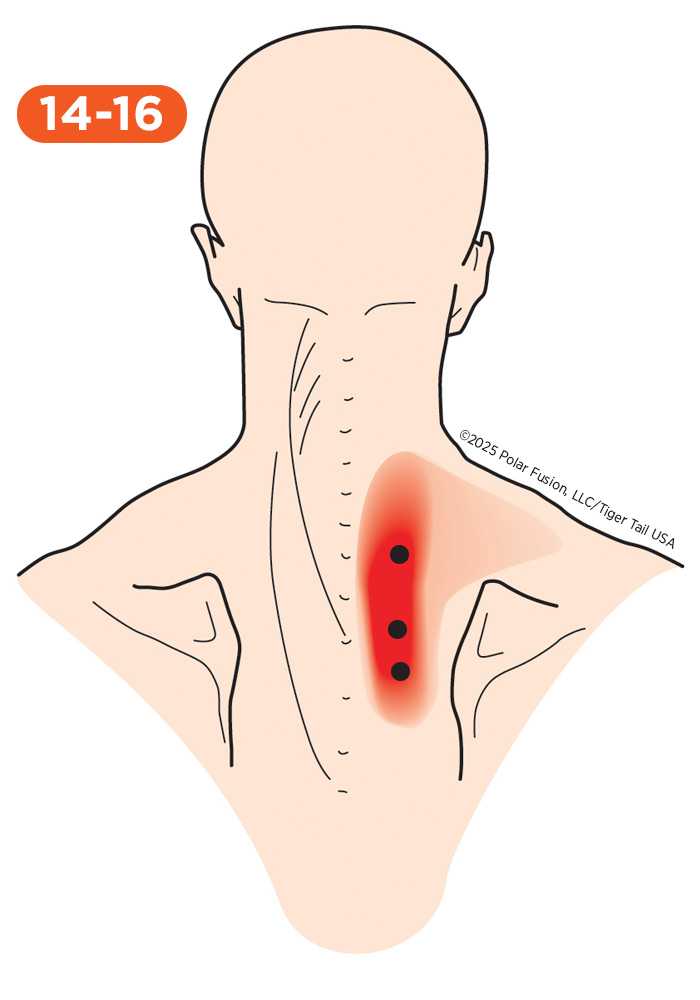
I Feel
Upper Back Pain
That tight, pulling pain between your shoulder blades—especially when you try to sit up straight or pull your shoulders back—often stems from muscle knots in the smaller muscles between the spine and the shoulder blades, called the rhomboideus. It can feel like a deep, aching tension or a sharp pinch that stays close to the spine and sometimes radiates outward toward the shoulder blade. You’ll notice it worsens significantly when you’re sitting with poor posture, reaching forward repeatedly (such as typing or driving), or trying to lift something with your arms extended. This type of pain is frequently mistaken for a thoracic spine issue or even a pinched nerve in the upper back. When you press between the shoulder blades, the area feels tight and very tender, and that tension can make your upper back feel stiff or restricted. These muscle knots can limit your ability to pull your shoulders back or turn your upper body comfortably.
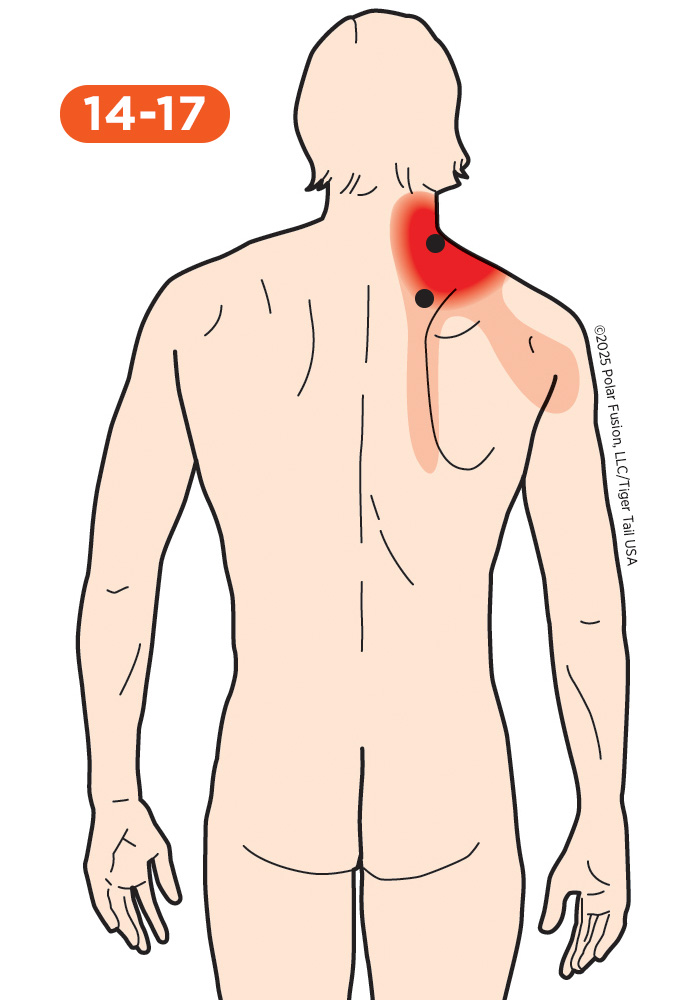
I Feel
Upper Back Pain
That sharp, stiff pain you feel at the top of your shoulder or along the side of your neck—especially when turning your head or looking down—often comes from muscle knots in the muscle connecting the top of the shoulder blade to the neck, called the levator scapula. The pain usually feels like a burning ache or a tight pulling sensation that travels from the top of the shoulder blade up into the neck. It worsens when you’re looking down at a screen for extended periods, sleeping with your head turned to one side, sleeping on your stomach, or carrying a heavy bag on one shoulder. This type of discomfort is often mistaken for cervical spine problems or tension headaches because of how it radiates. When you press into the top corner of your shoulder blade, the muscle feels tight and very sensitive, and this tension can make your neck and shoulder feel stiff or limited in movement. These muscle knots can make it difficult to turn your head or lift your shoulder without discomfort.
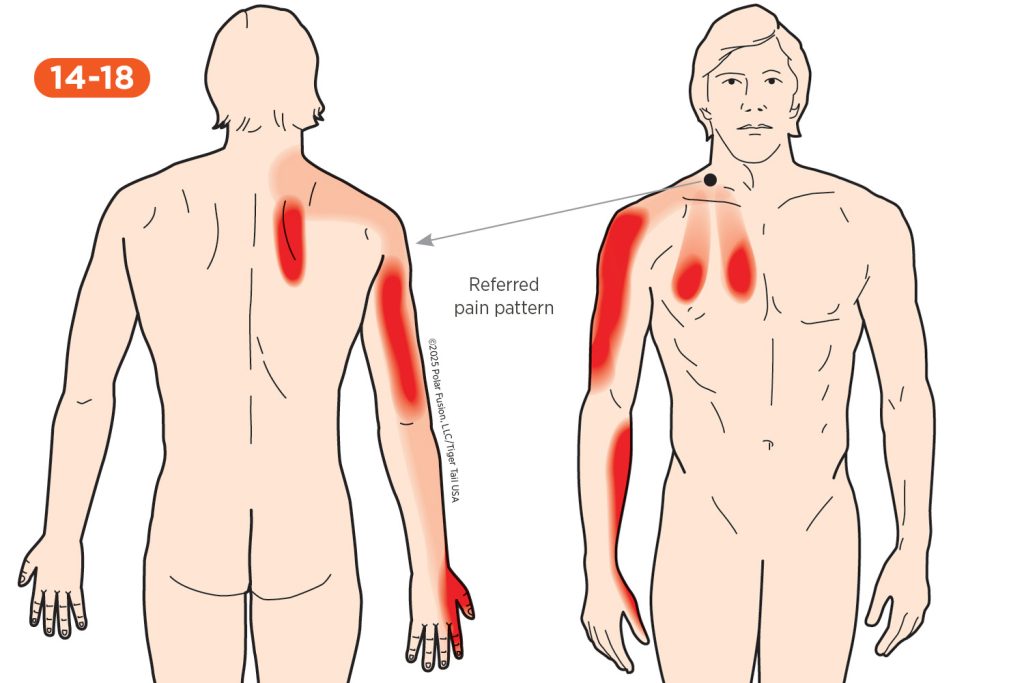
I Feel
Upper Back Pain
When you experience sharp, nagging upper back pain linked to your neck and ribs, the cause is often chronic muscle knots in the small, deep neck muscles known as the scalenes (scaleni). The discomfort typically focuses right at the top of the shoulder and side of the neck, presenting as a deep, taut ache that can radiate along the outside of your arm or into the chest. You may notice that the pain worsens significantly when performing activities that push your head forward, like slouching over a computer, holding a phone between your ear and shoulder, or taking a deep, forceful breath. Since the scalenes help stabilize the neck and lift the first two ribs, their knotting can easily mimic more serious issues, such as thoracic outlet syndrome (nerve compression) or cervical nerve irritation. The tissue on the side of the neck is vulnerable to pressure, which can leave your neck feeling stiff and restricted, making it difficult to turn your head.

I Feel
Mid Back Pain
That persistent, aching mid-back pain that feels like a strain across your rib cage is often caused by tight muscle knots in the large “wing” muscle on your back, the latissimus dorsi. The discomfort usually focuses across the middle to lower rib cage and can even radiate along the side of your torso into the armpit. You’ll find that the pain worsens significantly when you’re doing activities that involve reaching or pulling, like opening a heavy door, throwing a ball, or sitting without arm support for a long time. Since the latissimus dorsi connects the arm to the spine and pelvis, its knotting can easily mimic deeper issues like rib joint dysfunction or a vertebral disc irritation. The tissue on the side of your back near the lower ribs can cause stiffness and restriction in your torso, limiting your ability to twist or reach overhead.
Recommended Tools
-
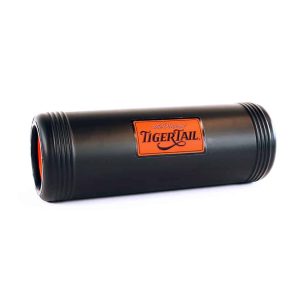
The Big One™ Ultra-Cushioned Foam Roller
$49.99 Read more -
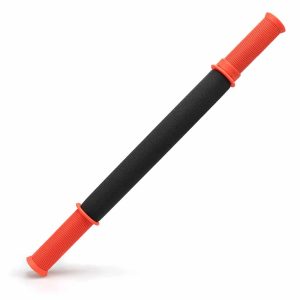
The Original™ 18 Foam Roller Massage Stick
$39.99 Add to cart -

Tiger Ball® 5.0 Foam Roller Massage Ball
$29.99 Add to cart -
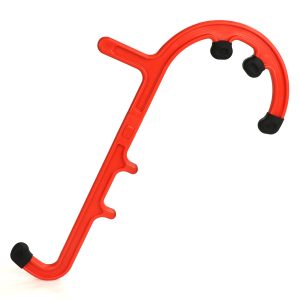
Tiger Cane™ Acupressure Massage Hook
$29.99 Select options This product has multiple variants. The options may be chosen on the product page
